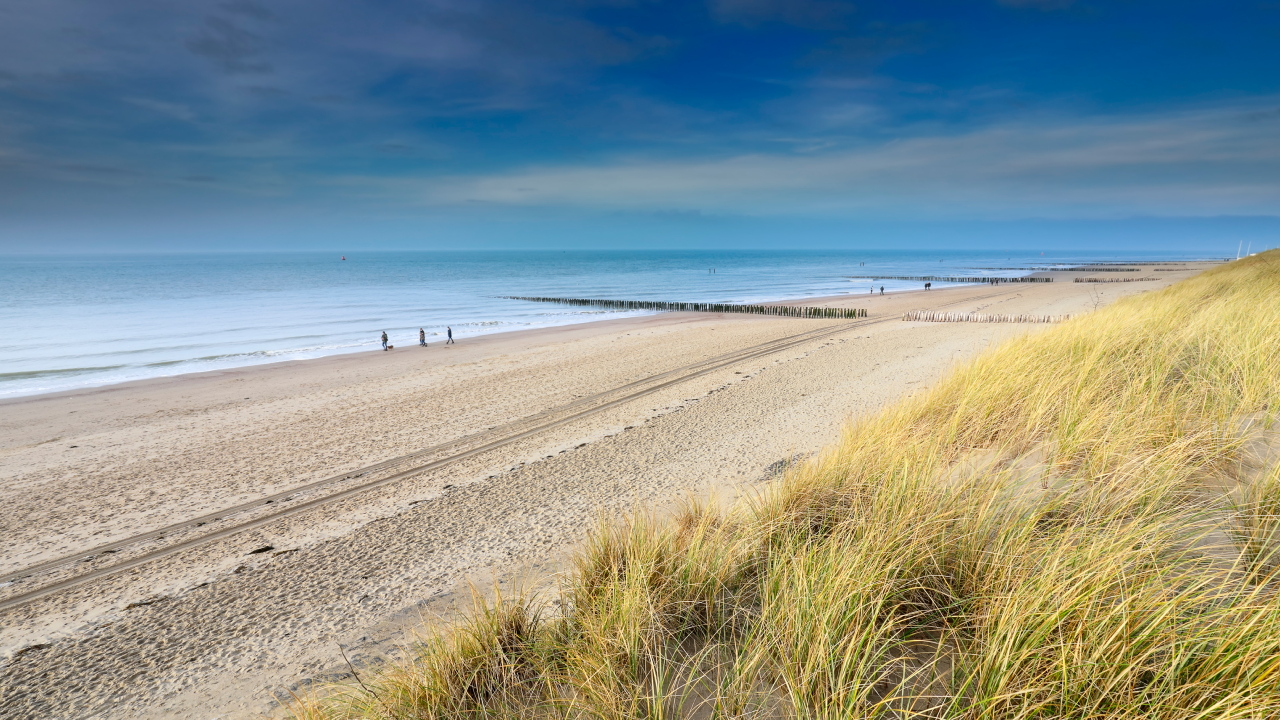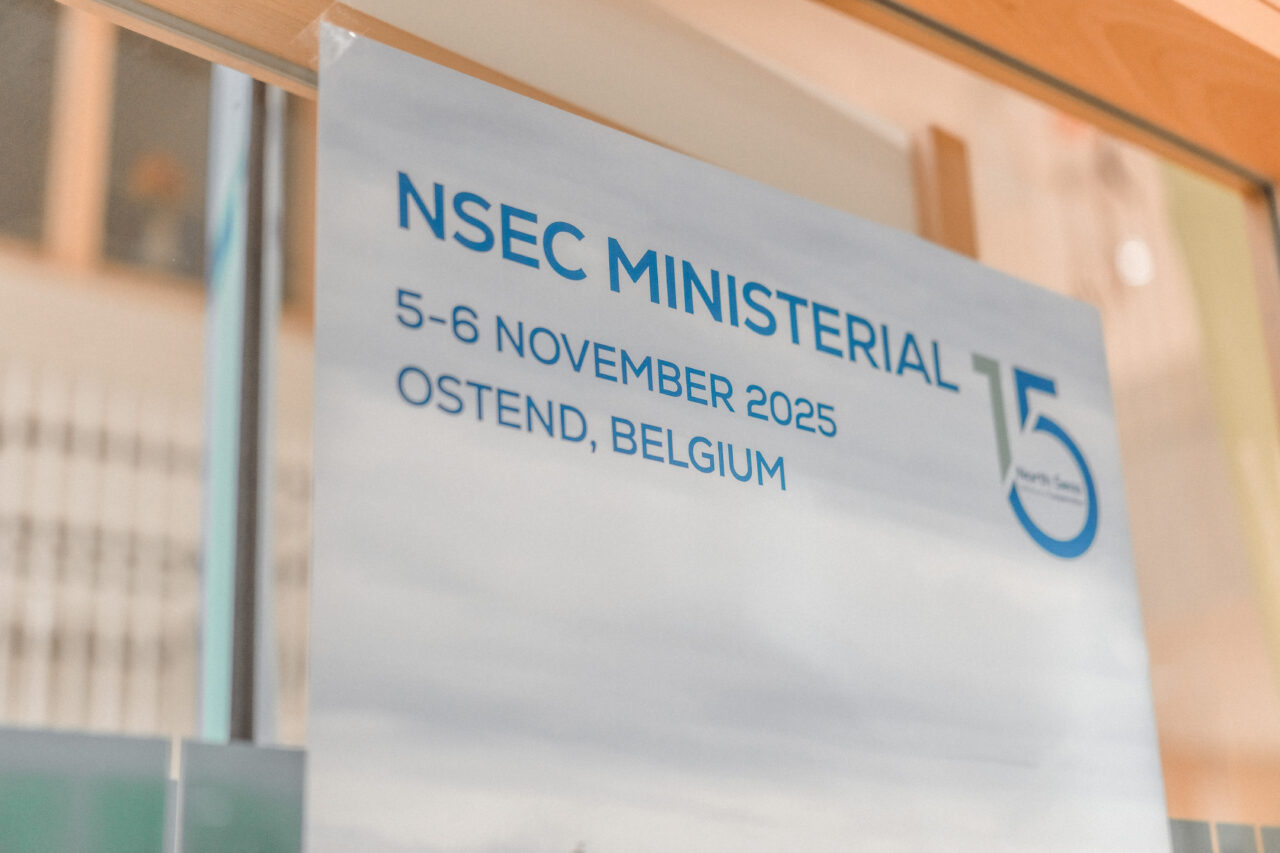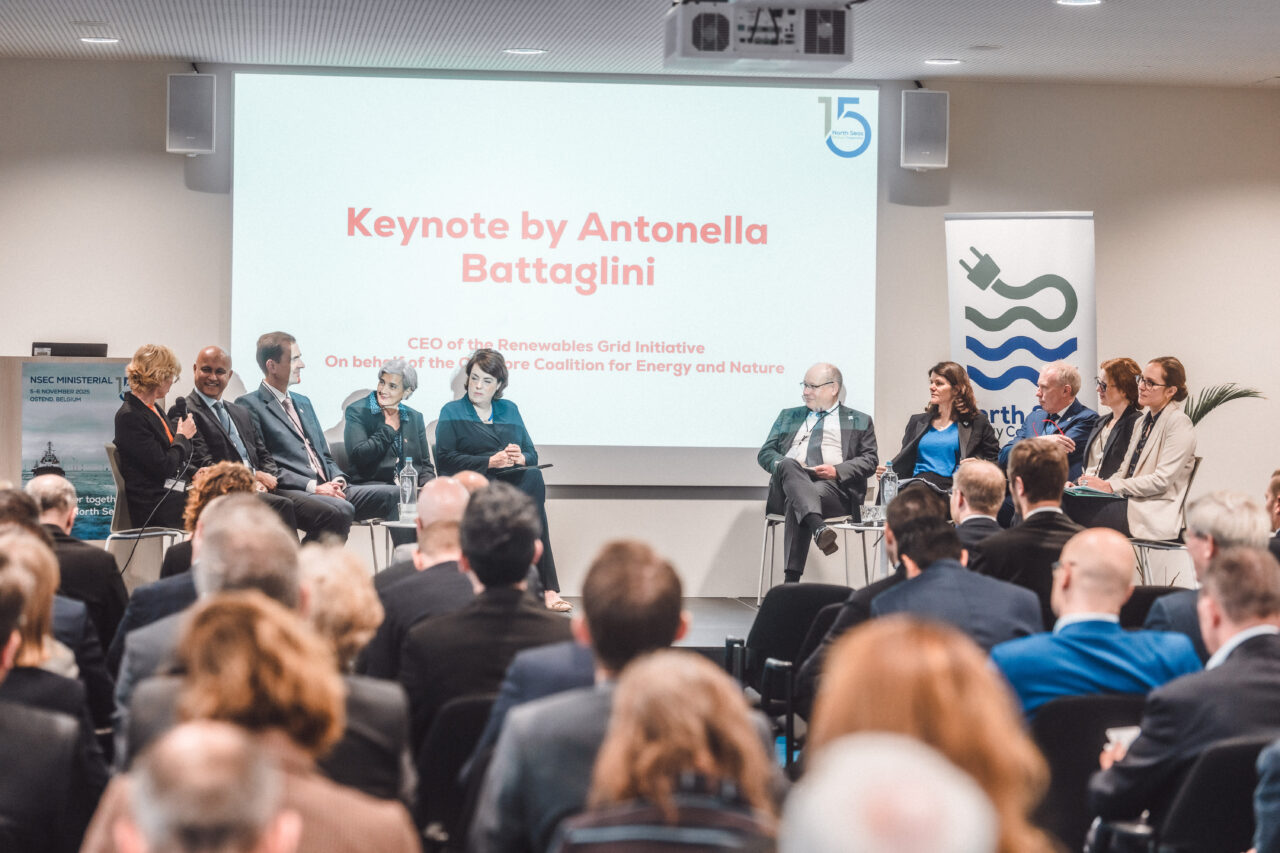Aligning offshore wind and grid expansion with nature conservation through integrated and strategic planning

Wind resources and marine ecosystems transcend national borders, yet their management remains largely at the national and project level. Integrated spatial planning at the sea-basin level can benefit both offshore wind deployment and nature conservation. It enables more efficient use of seabed space, reduces infrastructure needs (e.g., through cross-border projects), decreases energy losses (i.e. through wake effects), and lowers associated risks and costs. At the same time, integrated spatial planning helps ensure that development zones avoid, wherever possible, highly vulnerable ecosystems and that strategic conservation measures are planned at sea basin level. This includes coordinating ecological monitoring and mitigation measures, addressing cumulative environmental pressures at the sea-basin scale, and promoting restoration efforts to enhance ecological connectivity across the region.
With this background, a joint message from the Members of the Offshore Coalition for Energy and Nature (OCEaN) in the North and Baltic Seas to the North Seas Energy Cooperation (NSEC) is today being launched in light of the November 2025 Ministerial Meeting. Our statement outlines beneficial actions that NSEC and represented Member States can take to align offshore wind and grid expansion with nature conservation across four pillars:
1. Data and Environmental Monitoring
- Align pre-development investigations, Environmental Impact Assessments (EIA), and monitoring requirements to ensure comparable datasets at the sea basin level. Streamlined and consolidated datasets will enable faster, more effective planning and deployment of infrastructure.
- Ensure results are made available via open-access platforms improving transparency and shared knowledge.
2. Cumulative Impacts
- Agree on a harmonised Cumulative Impact Assessment (CIA) methodology that can be applied at sea basin level, building on the good work of NSEC SG2 with Wageningen University. This should inform national planning for offshore wind development areas.
3. Mitigation
- Agree on common guidelines for mitigating environmental impacts at sea basin level. These would inform the design of project-specific measures (for EIA and non-price criteria in auctions) and thus enhance synergies and effectiveness.
- Ensure that mitigation measures are based on the most advanced and proven techniques. NSEC could develop a comprehensive collection of mitigating practices, building on OCEaN’s mitigation report and database which includes 80 measures for offshore wind and grids, to be considered on a project-by-project basis.
- Foster innovative mitigation measures by supporting joint research and pilot projects and facilitating knowledge-sharing opportunities among the offshore wind industry and other marine sectors.
4. Restoration
- Adopt pooled and/or coordinate sea basin level approaches, enhancing ecological connectivity and resilience of habitats, e.g., by aligning ecological non-price criteria in auctions and coordinating maritime restoration funds.
- Foster innovative restoration practices, building upon existing pilot projects. OCEaN’s Energy & Nature Database includes several concrete examples that can be replicated and scaled up.
Tags:
Share article:
Contact
Should you have any questions, please get in touch with:








